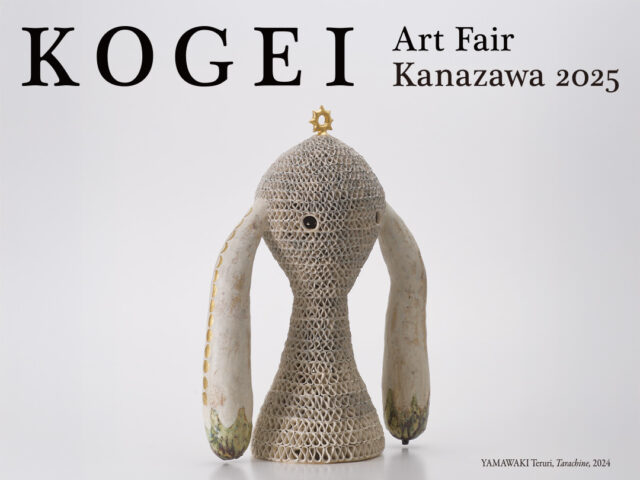“Craft Competition in Takaoka, Tokyo Exhibition” Will Be Held in Marunouchi
Featured Exhibitions & Events VOL.51
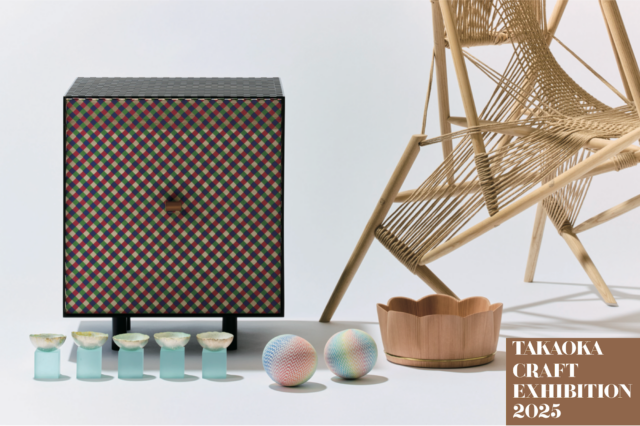

VOL.1-51
Update

VOL.1-23
Update

VOL.1-25
Update
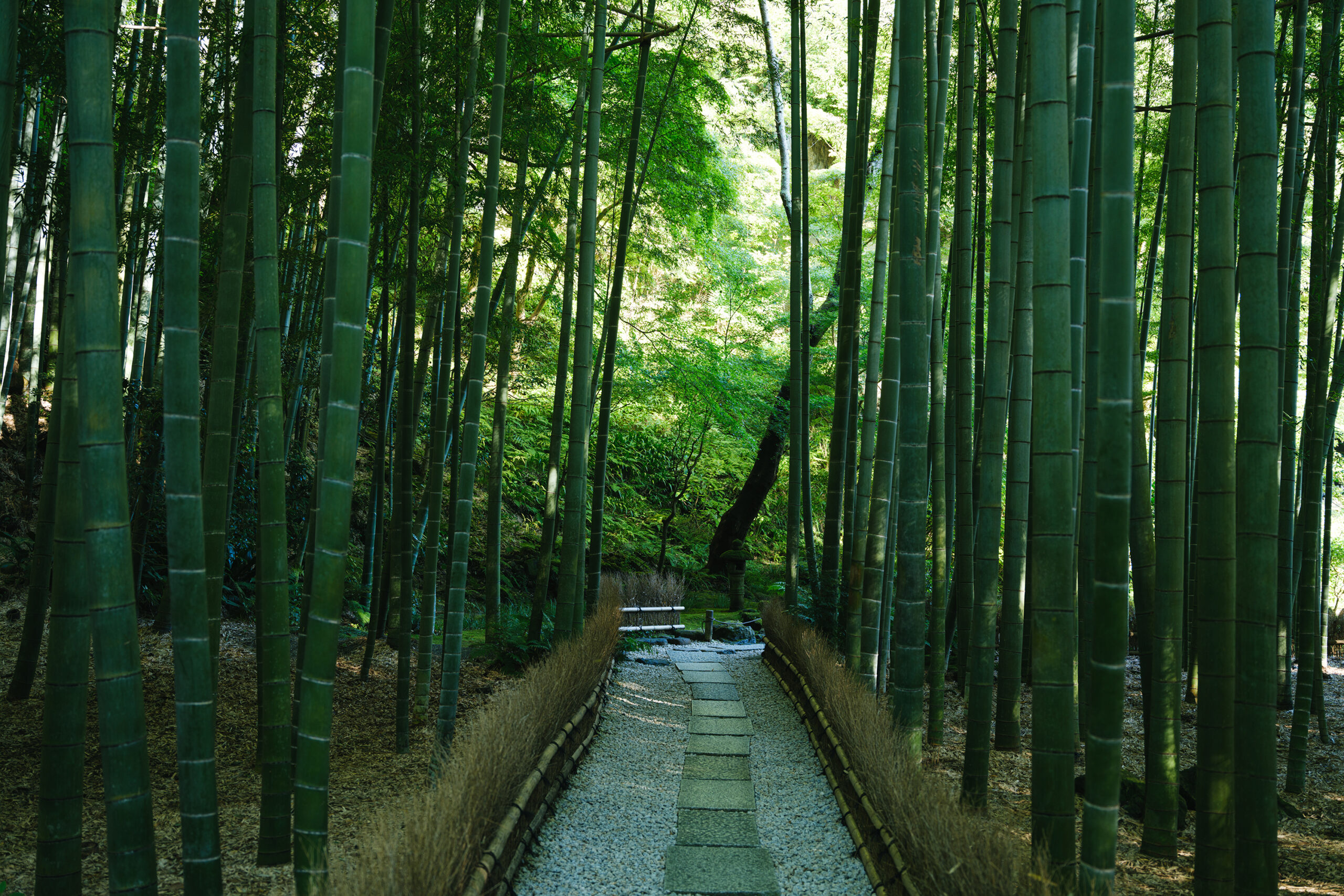
VOL.1-3
Update
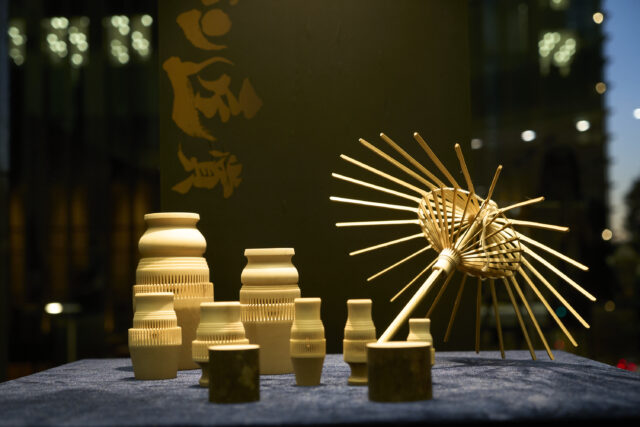
VOL.1-27
Update

VOL.1-4
Update
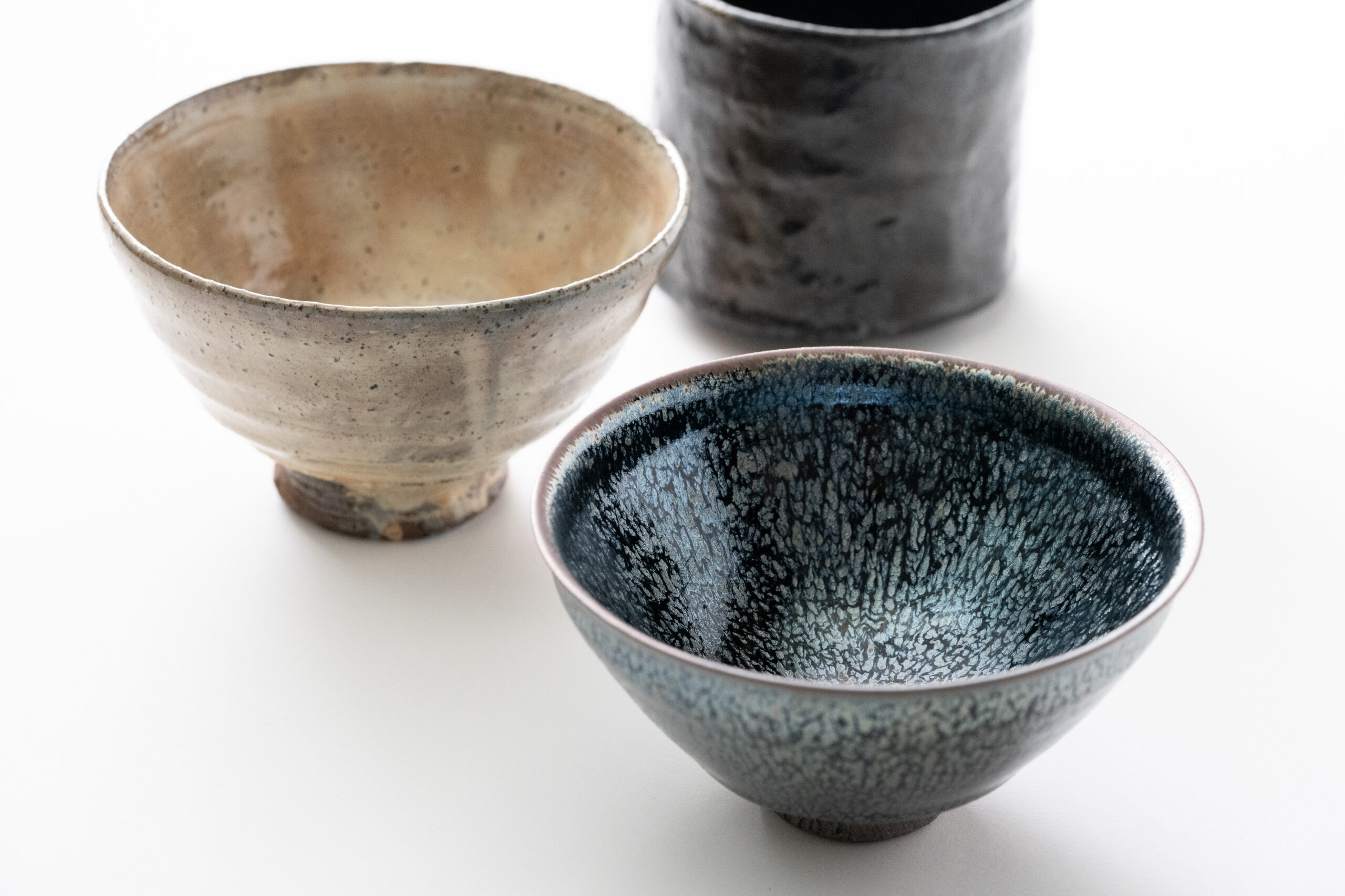
VOL.1-3
Update

VOL.1
Update

VOL.1-7
Update
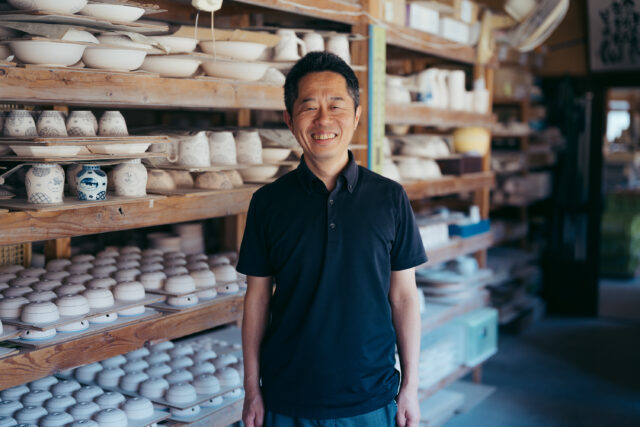
VOL.1-32
Update
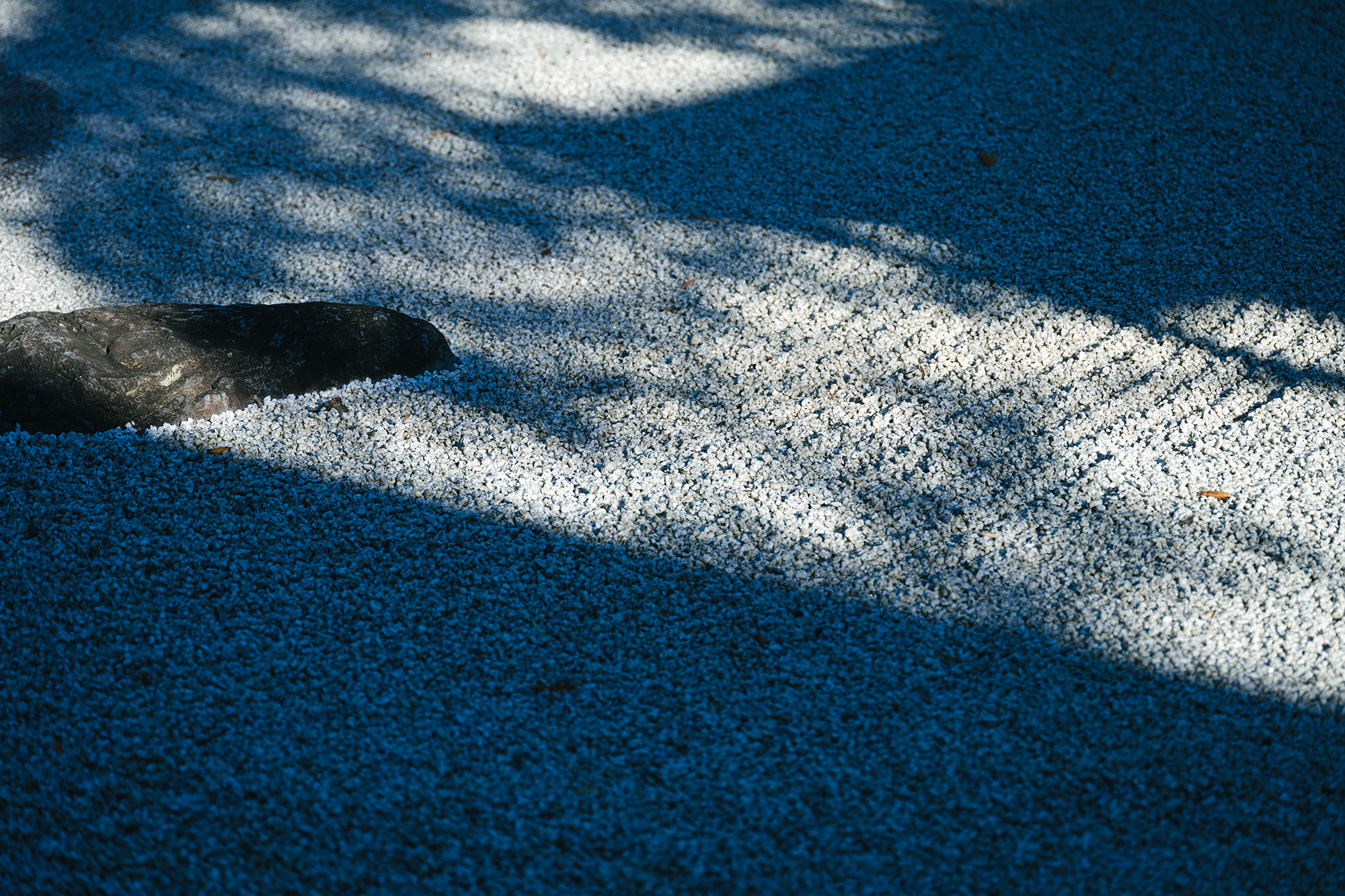
VOL.1-12
Update
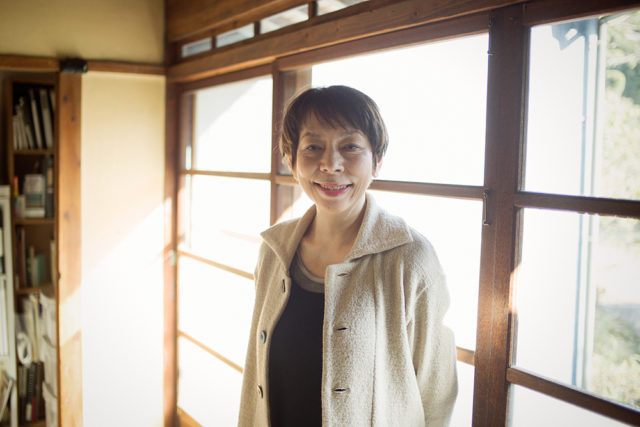
VOL.1
Update
We share a variety of information and perspectives on Japanese crafts, including exhibition information and interviews.
Featured Exhibitions & Events VOL.51
New Products VOL.23
KOGEI Topics VOL.25
Featured Exhibitions & Events VOL.50
Dec 9, 2025 – Mar 1, 2026
National Crafts Museum
Dec 20, 2025 – Feb 1, 2026
Nezu Museum
Dec 26, 2025 – Jan 14, 2026
WAKO B1F ARTS & CULTURE
Jan 6 – Mar 10, 2026
The Japan Folk Crafts Museum

The Hirado Kohsyo Danemon Kiln is located in the eastern part of Sasebo, Nagasaki Prefecture, an area where many Mikawachi ware kilns are concentrated, and is surrounded on three sides by mountains. The kiln traces its roots back to Korai Baba, one of the originators of Mikawachi ware. During the Edo period (1603-1868), it served as the goyo-gama, or official kiln for the Hirado Domain, producing porcelain with sophisticated decorative techniques such as blue and white sometsuke porcelain with intricate designs. Even as the system of official domain kilns was abolished in the Meiji period (1868-1912), the company that would become the current kiln was established by the 14th generation head of the kiln, Morisaburo Nakazato. This company achieved significant success and received high praise domestically and internationally, exhibiting their products at the Paris World’s Fair and producing items presented to the Kingdom of the Netherlands, and was honored to be named a supplier to the Imperial Household Agency. This legacy of exceptional craftsmanship has been passed down through generations, and is carried on today by the current 18th generation head, Taiyo Nakazato. In 2015, Mikawachi ware was once again presented to the Kingdom of the Netherlands.
Traditional Mikawachi ware is known for its delicate painting and intricate craftsmanship. The kiln’s greatest characteristic is the Hirado chrysanthemum decoration, which was designated as an Intangible Cultural Property by Sasebo City (2014) and Nagasaki Prefecture (2021). This chrysanthemum decoration is produced by skilled artisans using bamboo spatulas to carve out individual petals from clay, employing a technique which has been passed down through generations but was not always in the spotlight. “When we exhibited at an overseas trade fair in 2013, I felt that we needed something distinctive. In delving deeper, I realized that from an international perspective, the chrysanthemum decoration was the best-known motif of our kiln. Since then, we have intentionally showcased this design element,” explains Taiyo Nakazato.
Furthermore, many of today’s porcelain shapes and sometsuke designs are refinements of images passed down from the Edo period at the kiln. The historical materials from that time are still carefully preserved. “In the past, many wonderful things were created. The pattern books are a treasure trove accumulated by our ancestors. They contain many hints, so it is important to study them well and consider how to apply them. I believe that only those of us engaged in traditional crafts can do this. We need to connect the past with the future. This is a way of thinking that I want to preserve and pass on.”
Mikawachi ware kilns are often small-scale operations that emphasize hand-painted decoration and craftsmanship, and are not as large as those in the neighboring Hasami or Arita regions. It is also a fact that the industry as a whole is experiencing a contraction. This reality has led all the kilns to recognize the need to raise awareness of Mikawachi ware and to foster new artisans and successors. The Hirado Kohsyo Danemon Kiln, as part of its regional association, has organized promotional events for mamezara small plates as a new flagship product of Mikawachi ware, and has provided technical guidance at the Mikawachi Ceramics Museum. Moving forward, they plan to install kilns at the museum and set up a sales booth there, aiming to provide comprehensive support from production to sales for new artisans. Although continuing traditional crafts may not be easy, the future of kilns that take pride and hope in their inherited skills is surely bright.
